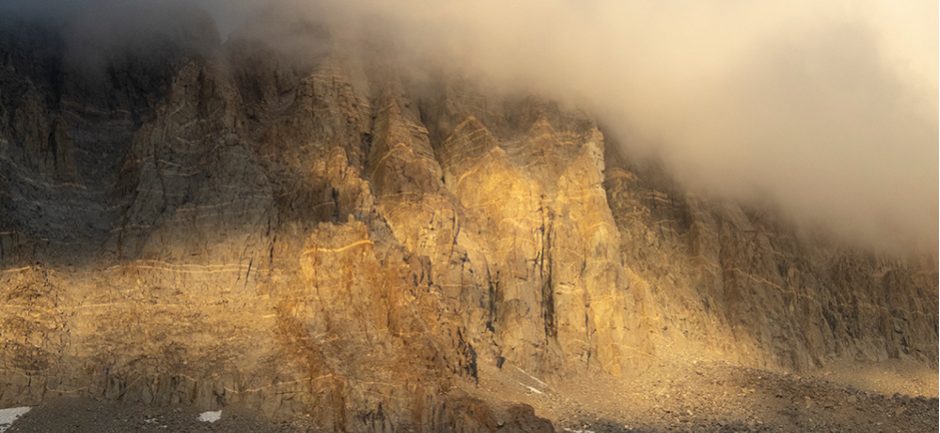It’s not just my daily cup of coffee. In the early days of chemo, I promised my wife I would tell her that I loved her, she was beautiful, that I’d make her coffee, and be silly everyday. The first two promises I have always kept, though not necessarily first thing in the morning. The third promise I kept every day we were at home. While traveling, I brought her coffee from the hotel. Being silly was often beyond me at first. My record has gotten better to the point where neither of us pay much attention to the promise and how I’m doing.
Coffee has gotten more serious. We joke about doing the American Coffee Ceremony, each night being sure the “ritual utensils” are clean, making it a ritual, exactly the same each time so I can “do it in my sleep”. The chemo messed with my adrenal and thyroid hormones, so being fully awake first thing in the morning is a challenge.
Problems with Austin water, bad batches of coffee, have led to us using spring and/or filtered water, changing bean suppliers and roasts. Problems with head aches and stomach upsets have led us to switch from Melitta cones, to the Clever Coffee Dripper, to a DeLonghi espresso machine. Along the way I’ve searched coffee blogs for how hot to steam almond milk which led us to using oat milk for our lattes.
The upshot is thinking a lot about coffee from our end and about the coffee growers, roasters, distributors, and retailers. Most coffee beans we use on a regular basis cost around $1 per ounce (e.g. $11.99 for a 12 ounce bag of whole beans). I tried some Allegro Vienna Roast that was cheaper and it tasted like it. How much of that goes to each link in the chain.
Changing Challenges & Solutions for Guatemalan Coffee Producers gave me an eye-opening look into what it’s like at the other end of the chain. Challenging. There are three areas in the US that grow coffee: Hawai’i, California, and Puerto Rico. I’ve toured a boutique coffee plantation in Hawai’i near where my sister lives. Very good coffee in the tasting room. Never could duplicate it with the bag I bought ($25 for a half pound) at home. The owners kept their hands clean. The workers didn’t have it so good. The coffee in Puerto Rico is fairly good coffee, but doing the dirty work of picking and processing the coffee beans doesn’t pay a living wage. She now sends me a bag of Ka’u varietal every Christmas from a more reputable grower. California is doing super-boutique coffee that can sell for as much as $600 per pound. The production amount is tiny compared even to Hawai’i. Where I can, I buy Fair Trade coffee. I will find more way to do so. Doing Justice.
